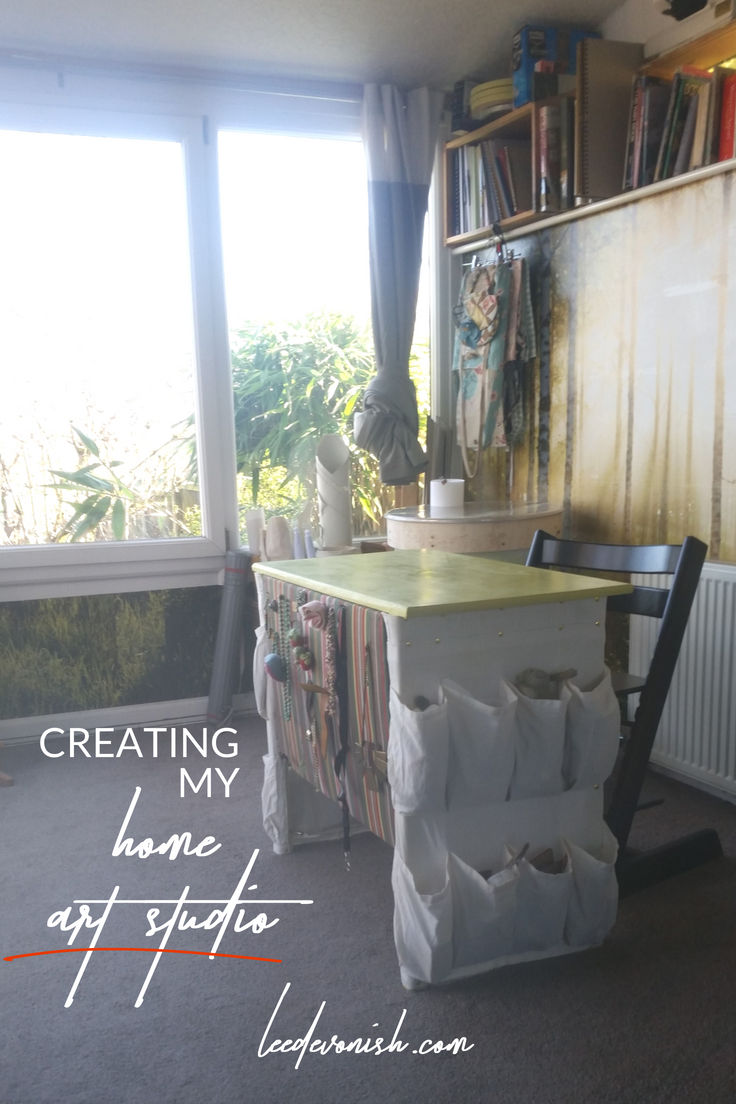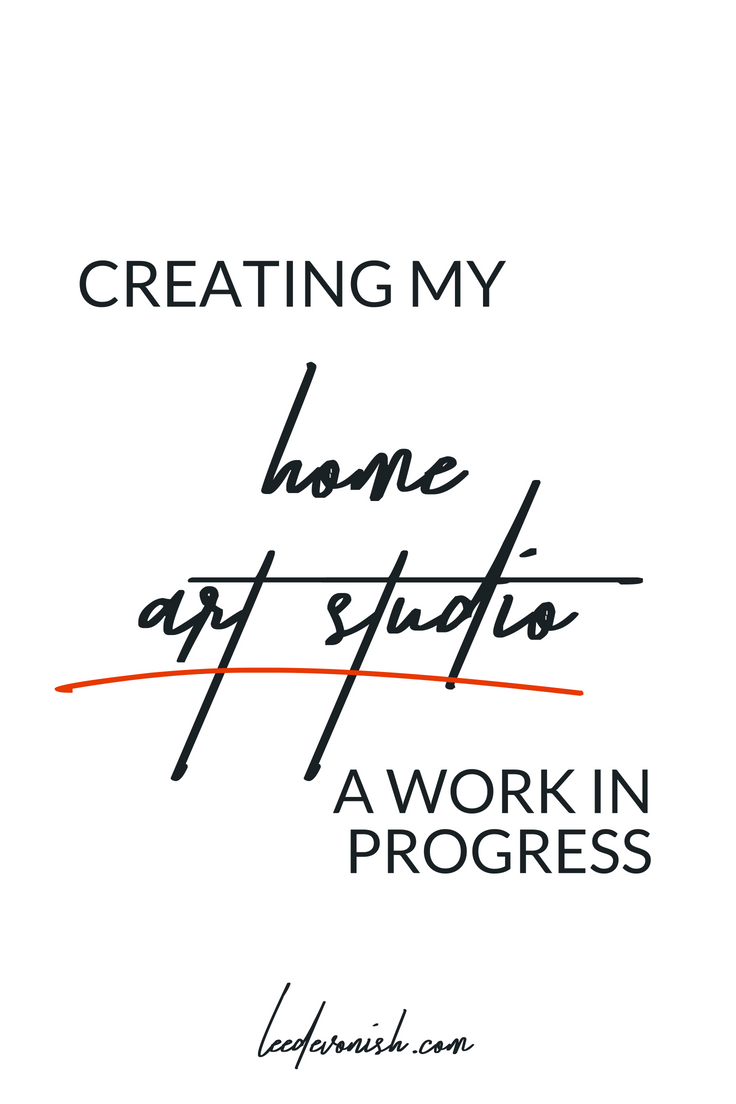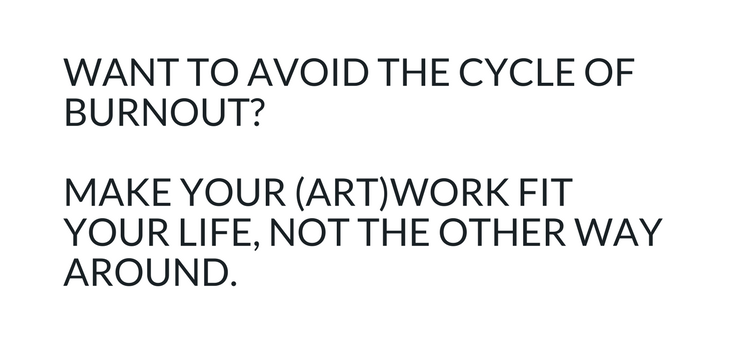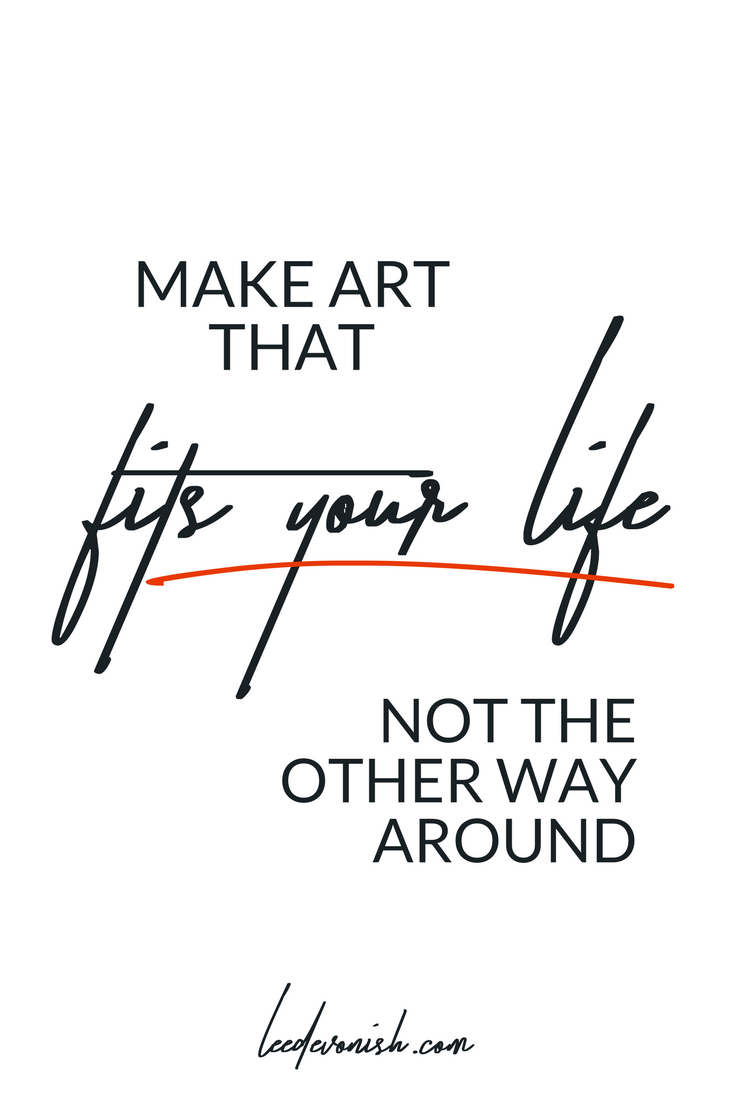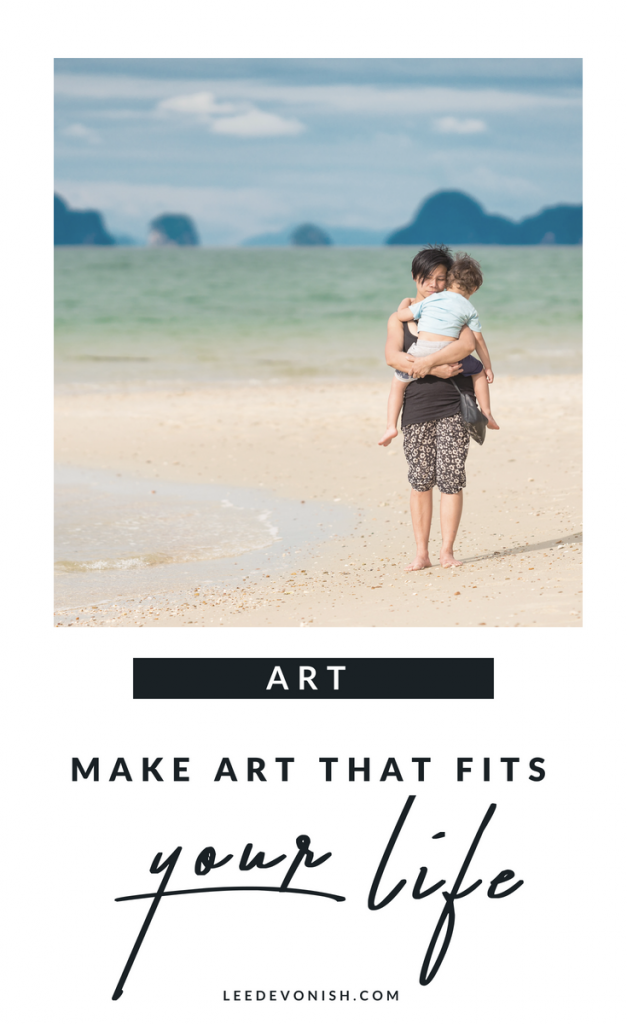First, let me talk about the language at play here: I love the idea of having so many art materials dropped on me that I have to haul them away. Strenuously dragging my swag back to my lair!
In reality, most of the swag is delivered after clicking a button online, but never mind. The dream is alive.
Also, I’ve never watched an art supply haul video but I am aware that they exist. I can see the appeal to some people but I’m not into it unless it’s one specific product that I need to look at before buying – I just want to buy the stuff and roll around in myself rather than watch someone else. So here goes!
And to add to this, this swag list will include materials I buy for my other half (since I’ll probably be nicking some off him in the near future), and equipment we buy to share between all of us. There’s a lot of art making, engineering and crafting going on in the house, so here’s a peep.
Permaset Aqua 300ml – Mid Red
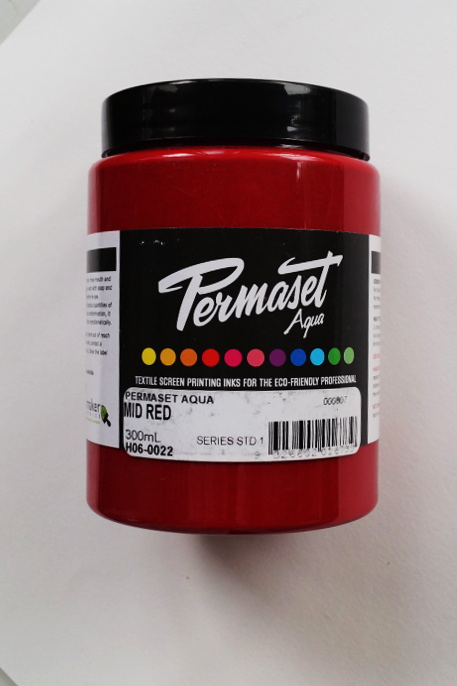
I bought mine for £11.99 from Amazon, but Jackson’s Art has it 9p cheaper at the moment.
I was hovering around whether to get this just yet as I’m not ready to start printing, but I was tempted by a TopCashback offer to make it just a bit cheaper… and it’s the only colour I need after last month’s ink-buying spree.
Firbon A4 paper cutter
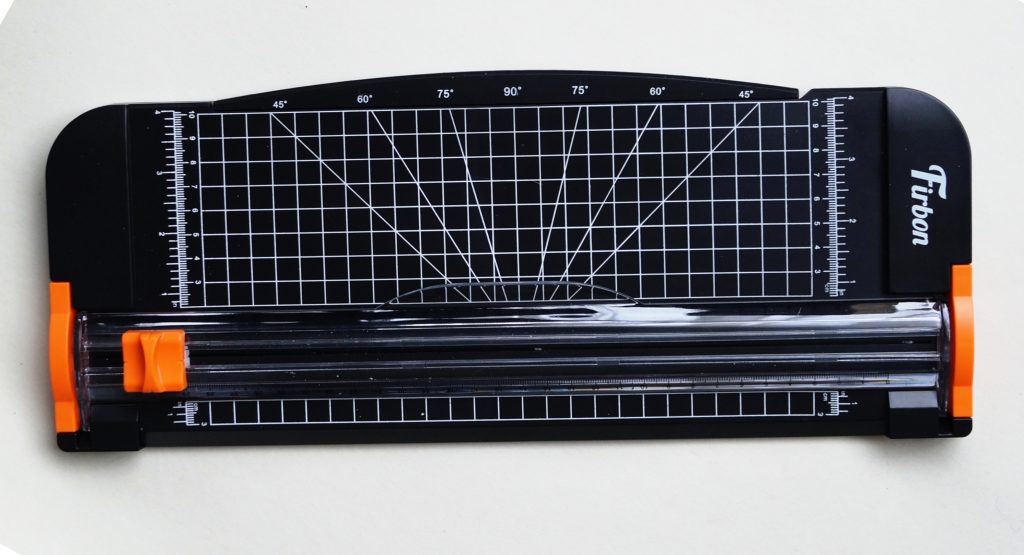
This paper cutter is a pretty handy piece of kit, and a pretty good replacement for the little guillotine that served me well for a decade before breaking last year.
Although it’s entirely made of plastic, unlike my old one, it does the job pretty well and there’s almost no chance of slicing off any parts of anyone’s anatomy, again, unlike the old choppy guillotine. Annoyingly, Amazon now has it on sale at £7.99 – £2 less than I paid for it!
3 rolls of 3M masking tape

I actually got these from Lidl for £2.49 and couldn’t quite find an exact equivalent online. Ste didn’t get why I would jump at masking tape but I’ll be going through a ton of it when I get back to screen printing – all the screen edges will need to be masked, and more.
One thing I know is that with all-purpose consumables, even the boring ones, is that you have to grab the bargains whilst they’re hot, because you’re going to use them up eventually!
Worbla sheet – 75cm x 100cm.

A couple of months ago I’d never even heard of Worbla – it’s a thermoplastic material that comes in a sheet and can be shaped and reshaped by heating it.
I got this one as a present for Ste, so he’s got it stashed away in his workroom. I’m really looking forward to seeing what he sculpts with it, and let’s be honest, I’m looking forward to pinching a bit to see what I can make too!
This roll cost £26.08 at the time and was shipped from Germany; it seems it’s pretty big over there and not as well known here.
Art supplies haul total cost:
£50.55. Not bad, I think; I did a lot more damage last month, but I hadn’t started this then! Will sharing it help me spend less? Or goad me into spending more?

